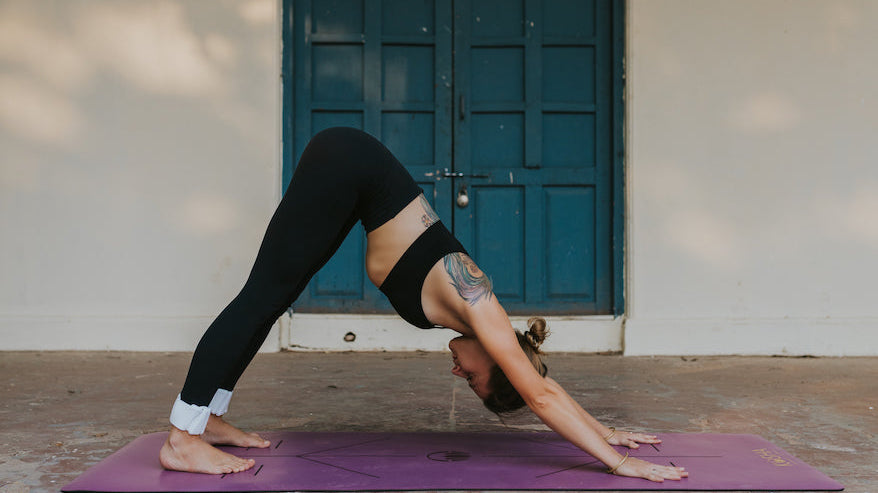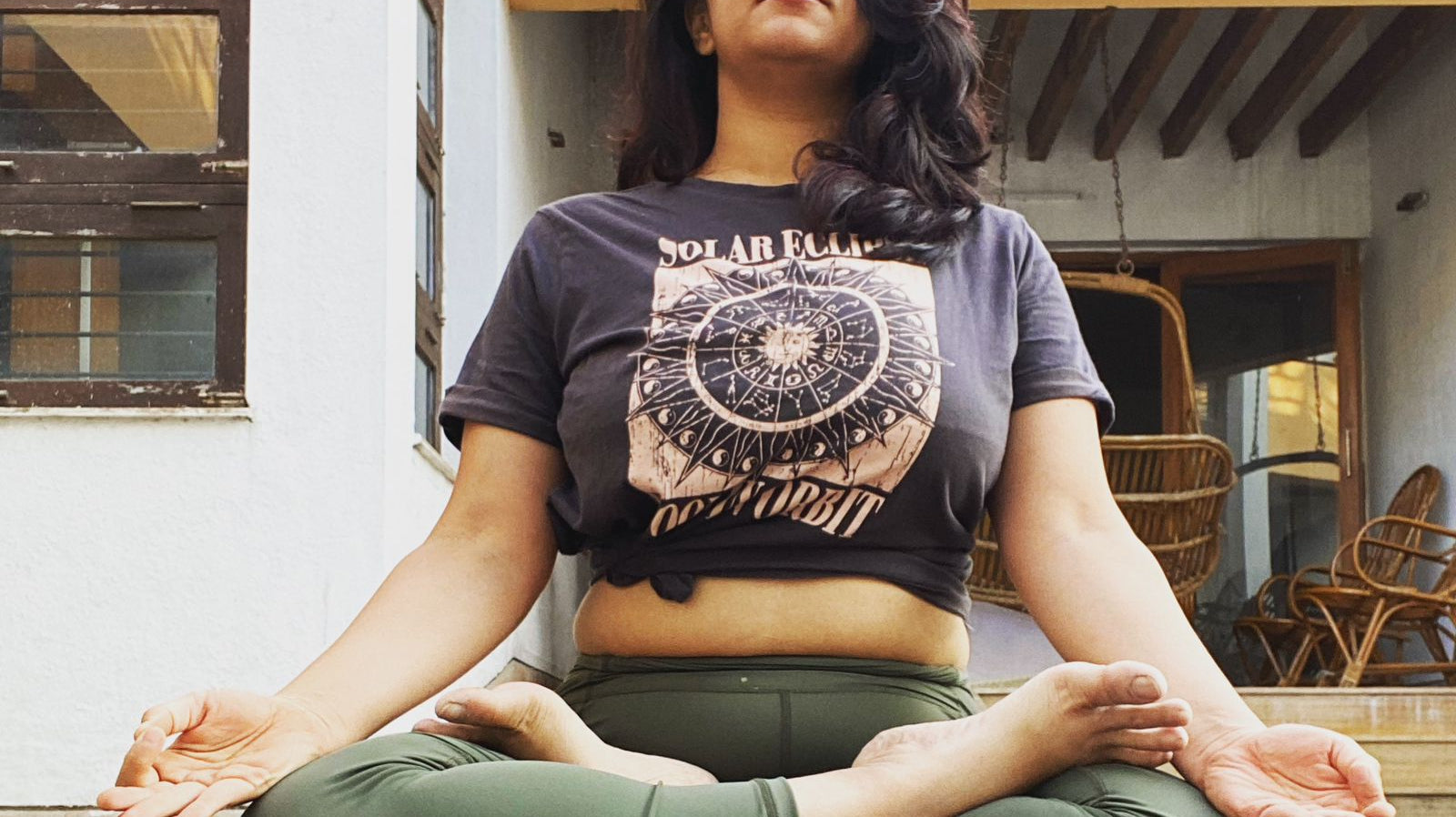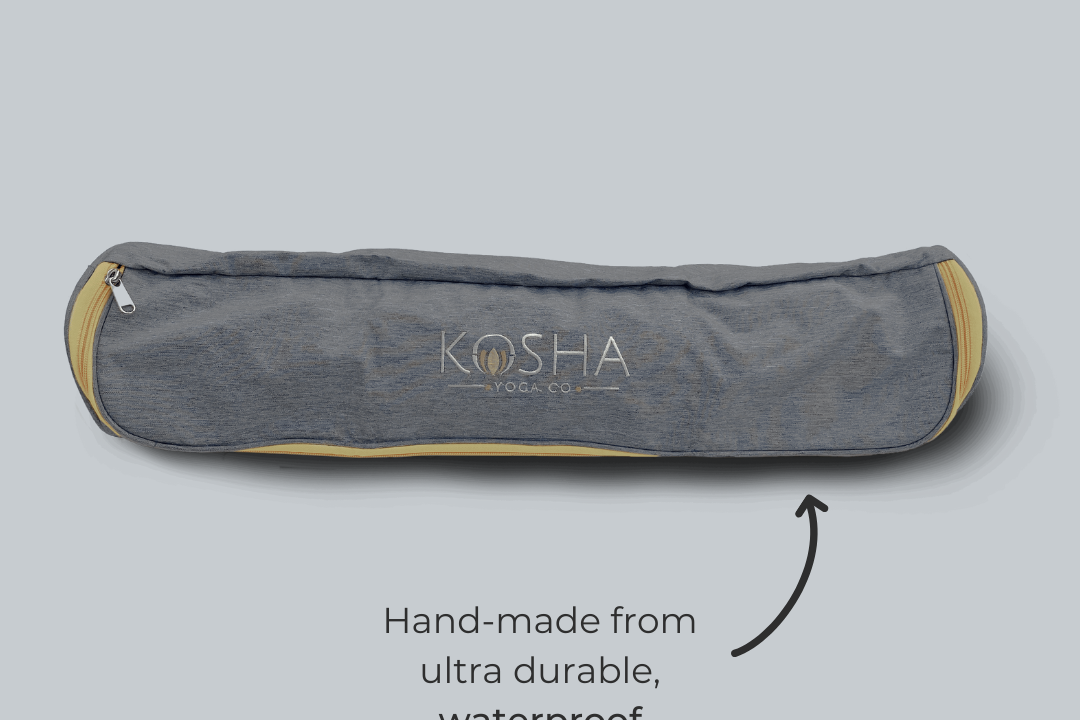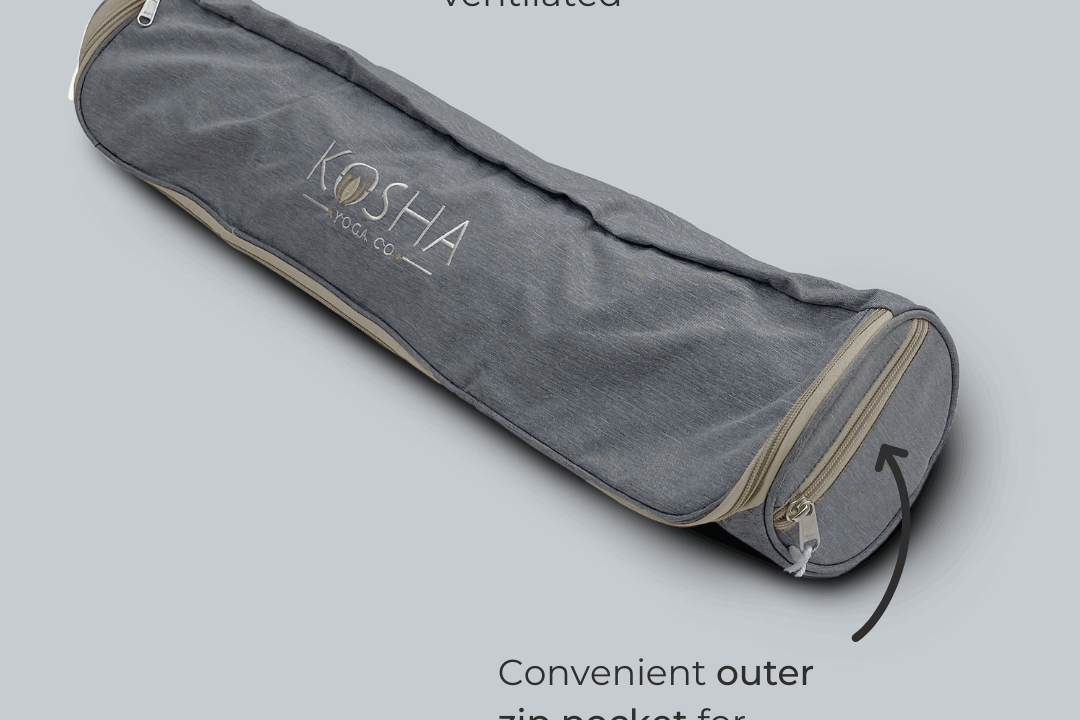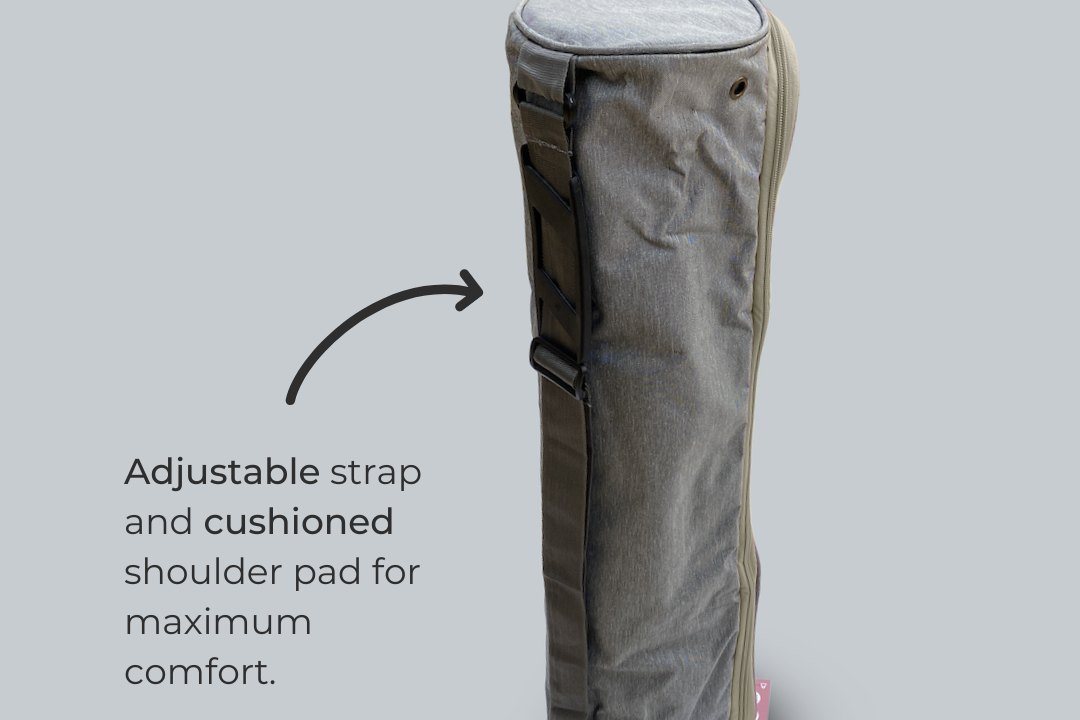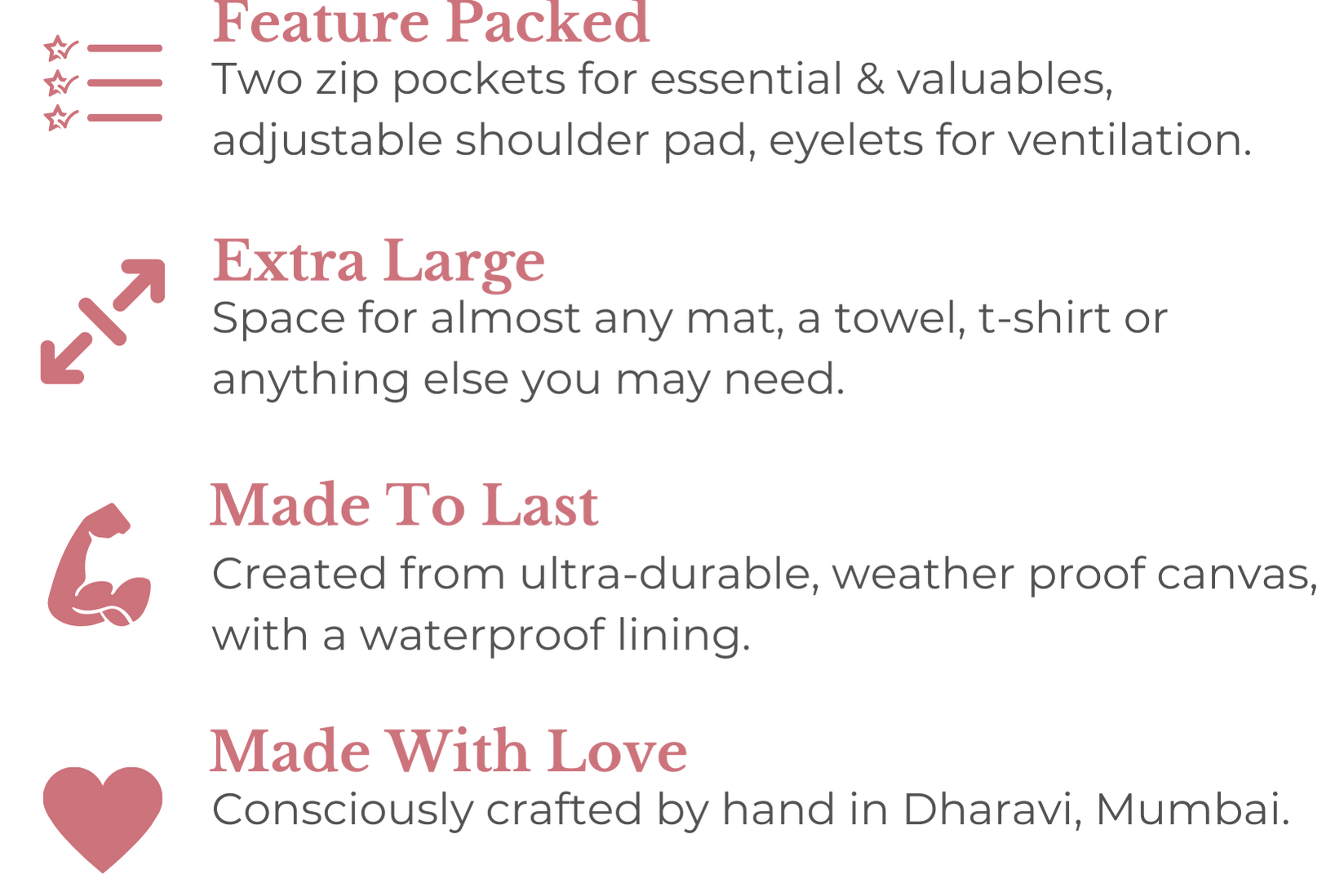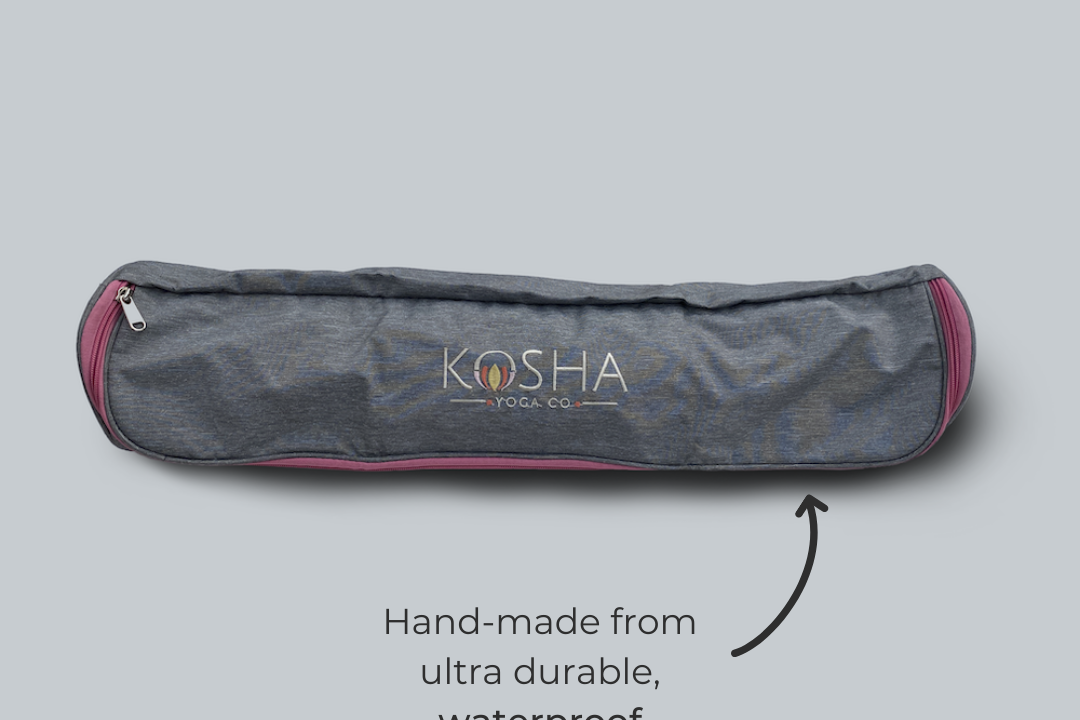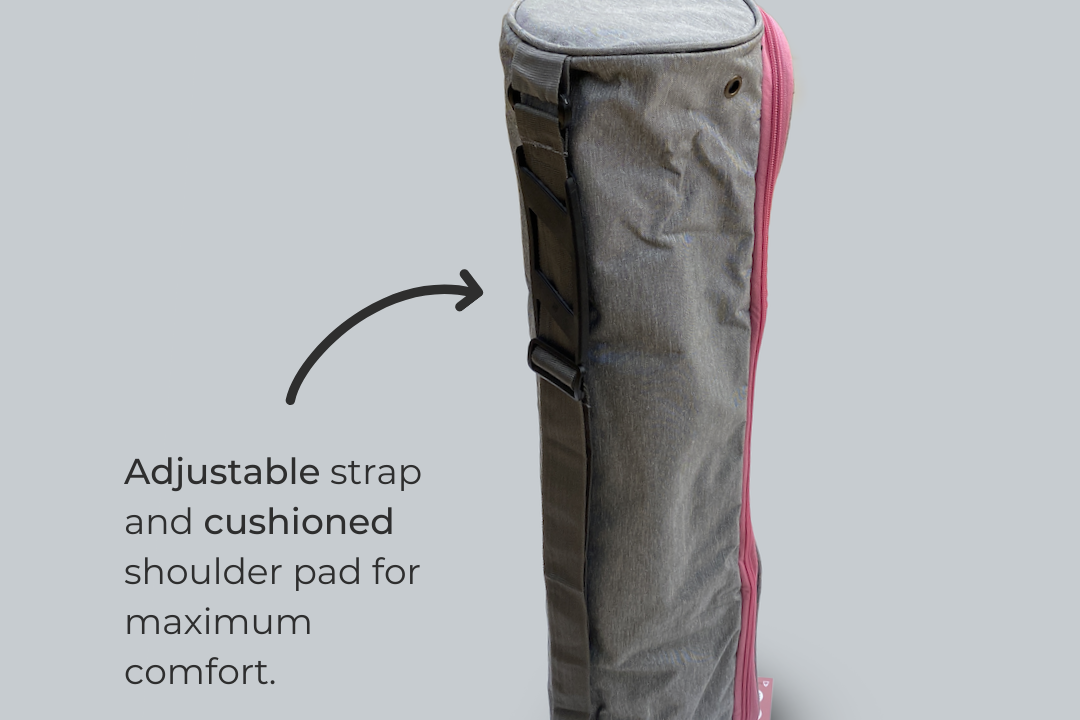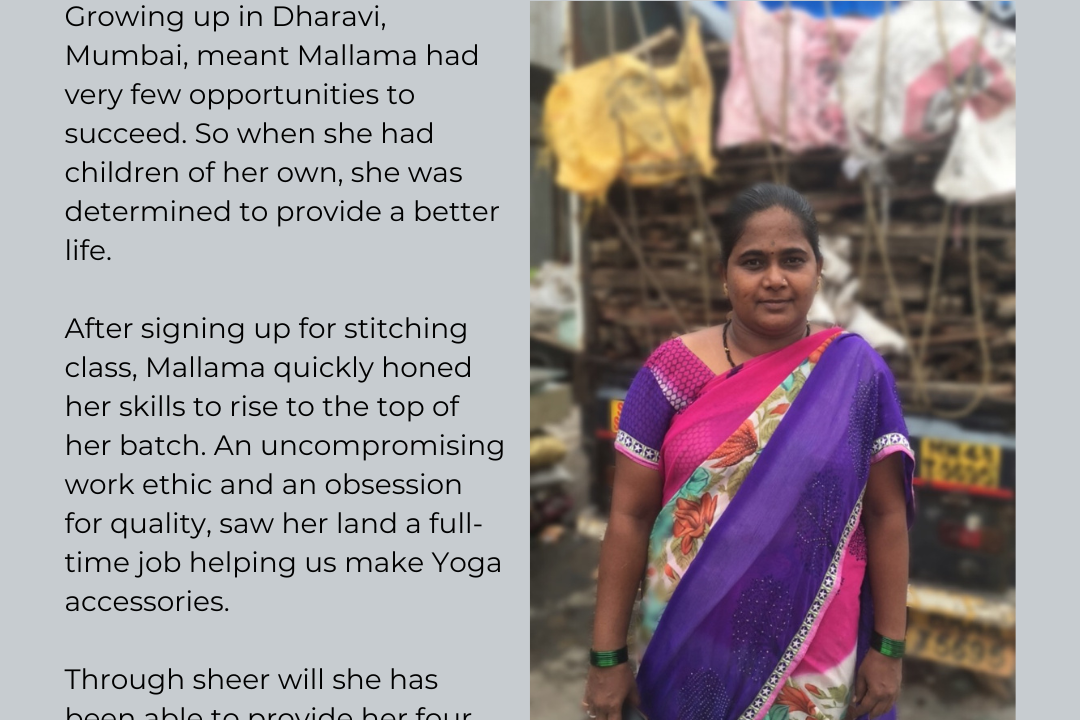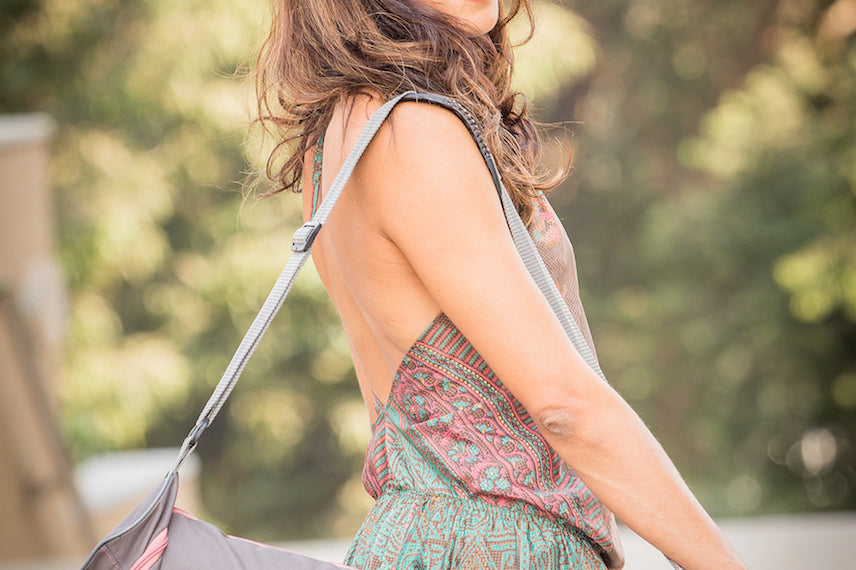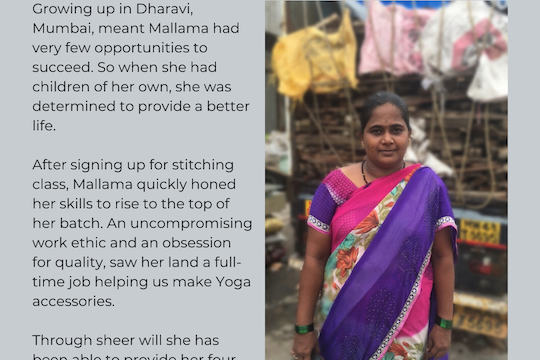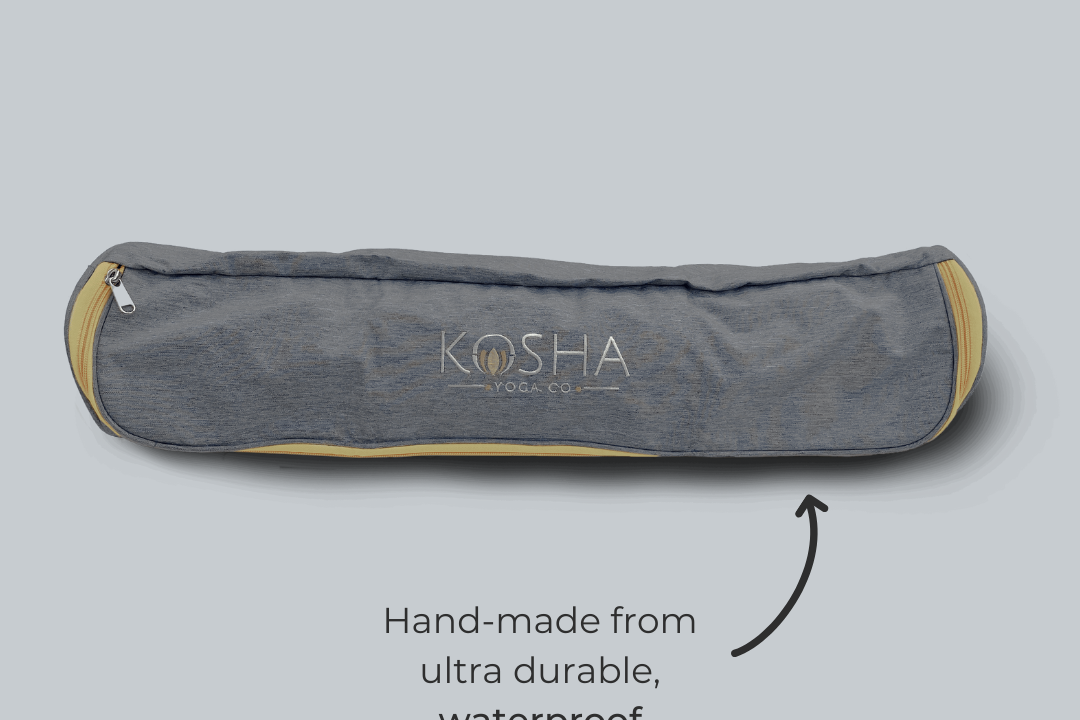Before yoga became the socio-cultural trend that it is today, there was only one basic type of mat – a PVC (polyvinyl chloride) mat available in standard, primary colours. Today, there is an
array of mats to choose from to suit every preference and taste.
In your yoga journey, your mat is going to be your best friend on which you fall, slip, sweat, and ultimately grow. It is therefore crucial to carefully choose your mat.
Beyond finding a colour and design that suits your style, your mat needs to be comfortable, portable, storable, sticky, and maybe even environmentally friendly.
Use this guide to help you find your perfect “soulmat”
Material
Your yoga mat’s material is its heart and soul because it determines its grip, texture, feel, cushioning, durability, and eco-friendliness.
Yoga mats are available in chemical-based materials like Polyvinyl Chloride (PVC) and Thermoplastic Elastomer (TPE) which only increase the toxicity of landfills. In addition to being harmful to the environment, chemical-based materials can also be allergenic and tend to lose grip after a few months of practice.
Newer, more earth-friendly materials are jute, cork, cotton, and natural rubber, but these tend to be harsh on the skin due to the natural properties of the material. Avoid these materials if your practice is dynamic and vigorous.
Natural rubber mats are for serious yogis as they offer the right mix of texture, cushioning, grip and eco-friendliness.
Grip
Grip or traction is supremely important as it has a direct bearing on how much you can push yourself during your practice. For example, you can go deeper into a downward dog and feel a more intense stretch if your palms are firmly gripping your mat and aren't slipping.
In dynamic yoga styles like Vinyasa which comprise of quick transitions in and out of complex asanas, grip can enhance your practice by providing stability, balance, and leverage. Vinyasa flows, hot yoga are sweaty practices and it is important to know how your mat behaves when wet. Moisture causes most mats to loose their grip.
However, eco-PU mats offer unmatched grip, even during sweaty practices while being planet-friendly.
Thickness
The thickness of the mat determines how much joint cushioning it provides. Mats are available thicknesses ranging from 1 mm to as thick as 15 mm.
Too thick a mat can make it difficult to feel a strong connection with the floor and you might feel wobbly in balancing asanas. Too thin a thickness can be rough on your joints especially knees and elbows.
Generally, a thickness of 4-6 mm provides a good balance of cushioning, stability and portability. If you’re always on-the-go and like to carry your mat with you, a 2mm mat would fold easily and not weigh too much making it easy to pack away in your suitcase.
Portability
This is an important factor if you have a long commute to your yoga class or if you like to practice while vacationing. Your mat should be easy to roll, unroll, and store. Some brands provide a strap to hold the rolled mat securely which you can hoist over your shoulder and carry around conveniently.
Maintenance
You may use your mat outdoors or sweat profusely on it which can lead to accumulation of dirt, mud, oil, sweat, etc. on the mat. It's important to understand how your mat can be cleaned.
PVC foam mats can be machine-washed, rubber mats can be gently hand-washed while PU mats shouldn't be washed with soap too often. An easy way of freshening up your mat is to sun-dry it, provided the colours or print won’t fade.
Take all you’ve learnt here to find the perfect mat from our collection





